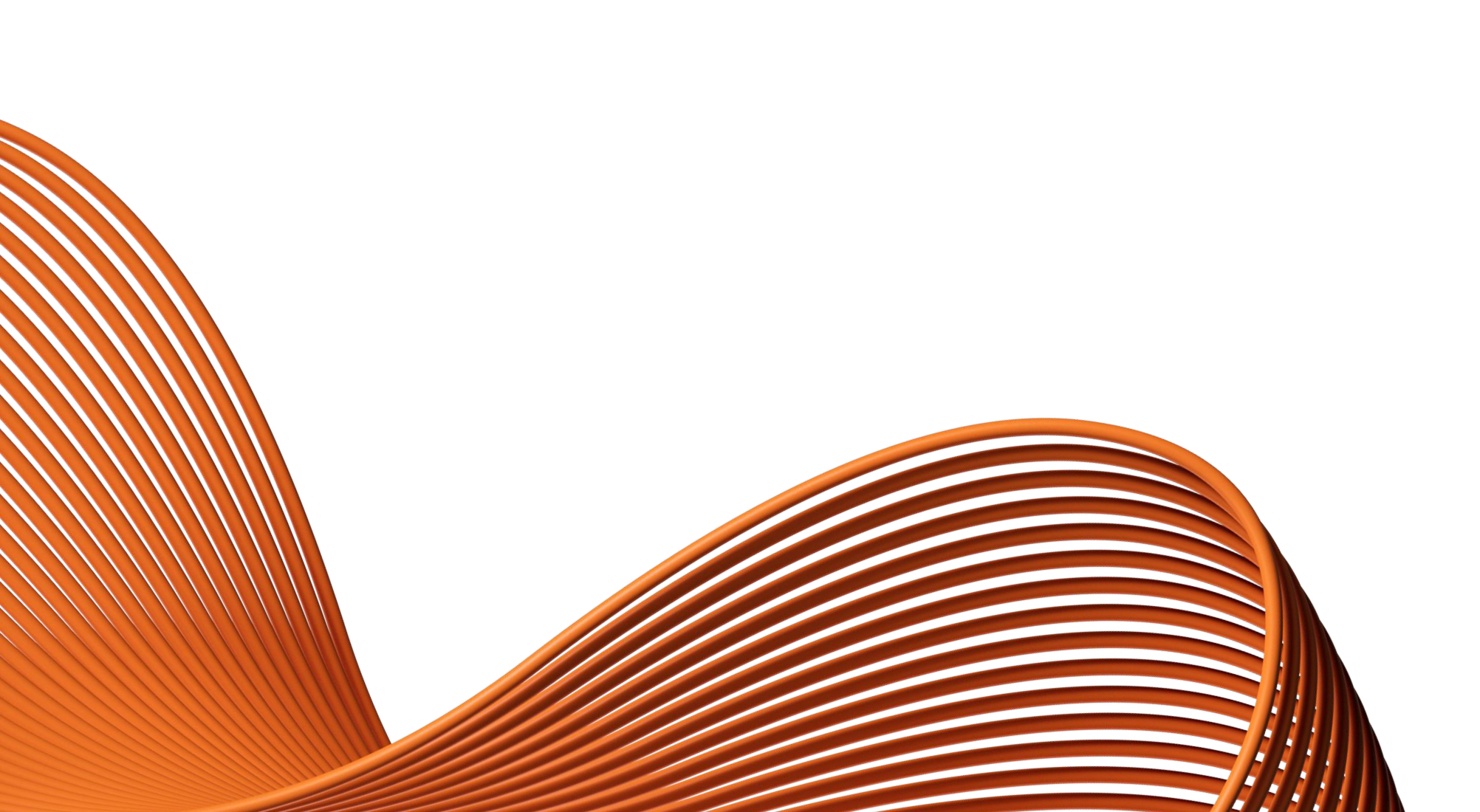- Our Products
- Upper Extremity
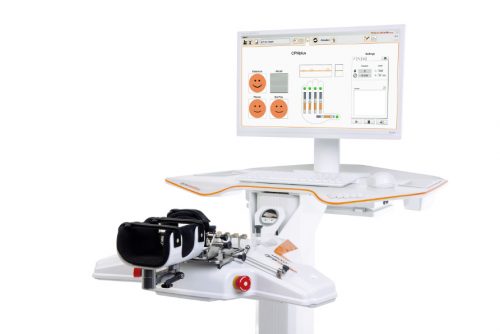 Amadeo Finger-Hand-Rehabilitation
Amadeo Finger-Hand-Rehabilitation
Amadeo is giving hands back their grip and fingers their finesse. Patients who are barely able or unable to grasp can perform hundreds of robot-assisted grasping movements. It won’t train a new Mozart. But it will help patients return to the piano, handwriting Christmas cards, and grabbing life firmly by the horns.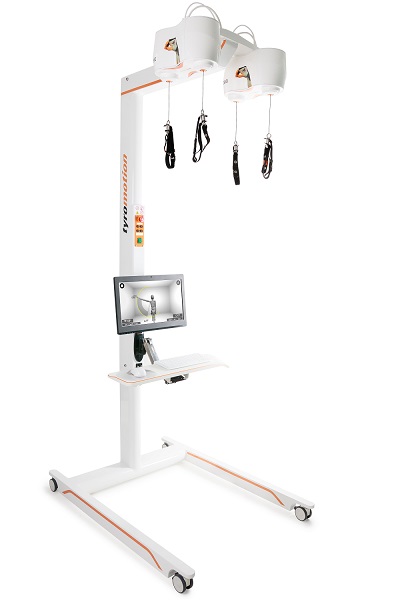 DiegoShoulder-Arm-Rehabiliation
DiegoShoulder-Arm-Rehabiliation
Diego is designed to strengthen what’s important. Whether proximal or distal training, Diego purposefully supports the rehabilitation of natural motion, allows the handling of everyday objects to be relearned, and is usable by adults and children alike.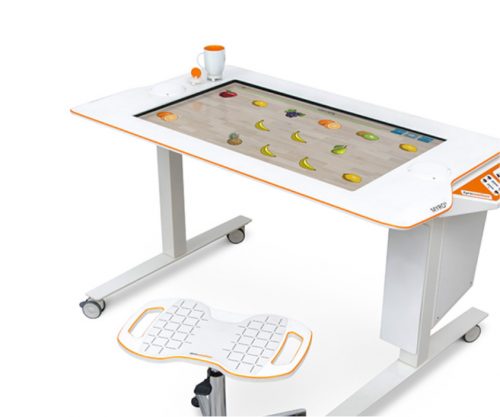 Myro Interactive and task-specific therapy
Myro Interactive and task-specific therapy
Myro is made for making humans get better! The sensor-based surface enables task-oriented rehabilitation with real objects, trains the patient’s cognitive abilities, and improves motor abilities of the upper extremity.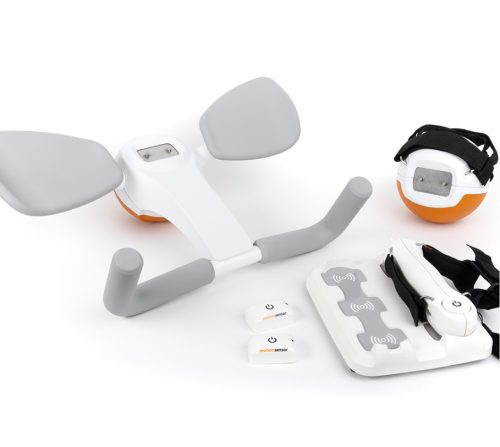 Pablo Upper Extremity Rehabilitation
Pablo Upper Extremity Rehabilitation
As a multifunctional rehabilitation device with comprehensive accessories, Pablo enhances classical therapy exercises with biofeedback, objective assessments, and gamification. It won´t train the next Picasso. But it will help patients to take back control of their lives.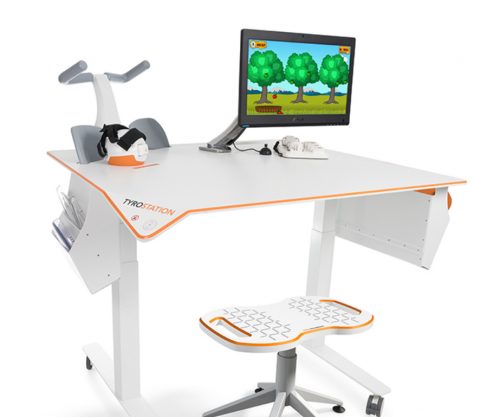 Tyrostation The perfect therapy setting
Tyrostation The perfect therapy setting
The Tyrostation is home to all components of Pablo and Tymo and provides ergonomic adaptability for patients. Sometimes, it´s about the little things in life – or therapy.
- Lower Extremity
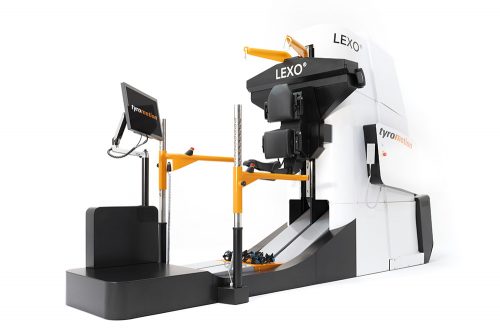 LexoGait and Locomotion
LexoGait and Locomotion
Lexo is a revolutionary gait trainer and impresses with fast setup, high patient activity and optimal trunk support. It encourages active participation and enables therapists to focus fully on their patients.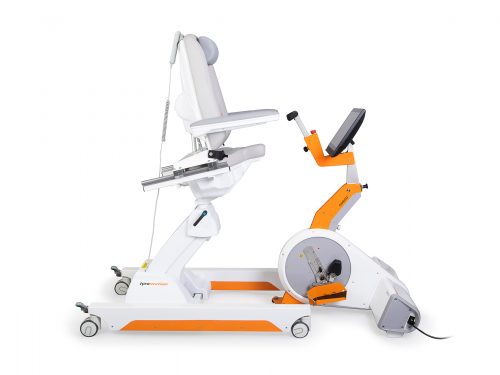 Omego Plus Gait training for the goals across all phases
Omego Plus Gait training for the goals across all phases
More than just a therapy bike! Omego Plus combines uni- and bilateral leg training, leg press, stepper, cycling & foot lift training in one device. Stride stronger with Omego Plus!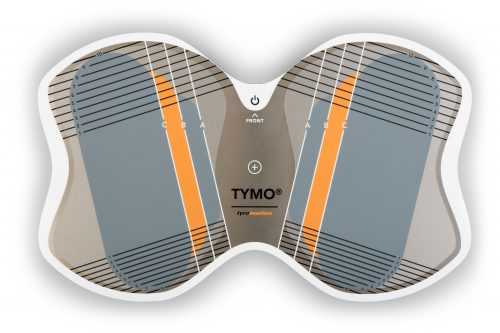 Tymo Balance training and postural control
Tymo Balance training and postural control
Small but powerful! Tymo is a versatile measurement and therapy system for the whole body. In addition to the standing position, Tymo offers a wide range of options for maximum variety during therapy.
- MTT-Line
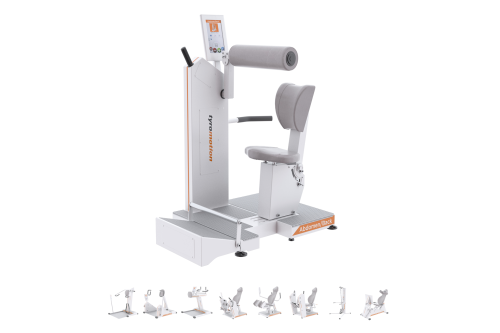 MTT-LineMedical training therapy
MTT-LineMedical training therapy
Get back in the game with the MTT-Line! The Medical Training Therapy devices are specifically designed to strengthen the six major muscle groups of the human body. Barrier free and maximum adjustability make the devices accessible for all types of patients.
- Software
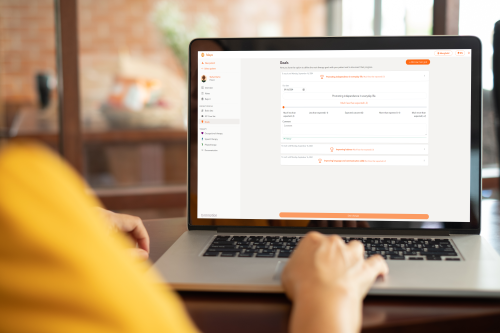 Maya Therapy Platform
Maya Therapy Platform
Maya reduces paperwork, standardizes documentation, and automates reporting, making administration effortless and efficient. Designed for therapists to work wonders!
- Upper Extremity
New Study: Multimodal Treatment for Lower Limb Recovery After Stroke
OMEGO Plus offers a wide variety of possible applications in all phases of rehabilitation. OMEGO Plus can be used to train parameters like balance, endurance, and strength of the lower extremities, which are essential for gait therapy. Thanks to the possibility of training cognitive functions, OMEGO Plus is suitable as a multimodal therapy device. The following study shows that multimodal therapy approaches are valuable for rehabilitation after a stroke and that OMEGO Plus is therefore suitable for gait therapy after a stroke.
A recent systematic review and meta-analysis by Lando et al. (2024) has highlighted the effectiveness of multimodal intervention for improving lower limb motor function in stroke patients. The study compared the outcomes of combining resistance and endurance training in the same session versus using these treatments separately.
Understanding Lower Extremity Rehabilitation
Rehabilitation is crucial for reducing motor impairments after a stroke. Improvements in strength, balance, endurance, and aerobic capacity are directly linked to better lower limb functioning and thus, greater independence.
Unimodal vs. Multimodal therapy
While single-targeted interventions like resistance and endurance training have proven effective, multimodal therapy concepts—which combine resistance and endurance training like OMEGO Plus in one single therapy session—are gaining attention. Such treatments are already recommended for healthy individuals and align with stroke rehabilitation guidelines that emphasize challenging and progressive training.
Study Insights
The review analyzed ten randomized controlled trials (RCTs) involving 480 patients. Outcomes measured included endurance, muscle strength, gait speed, and aerobic capacity. Both technological (e.g., biofeedback systems, leg presses, treadmills, cycle ergometers) and non-technological (e.g., muscle contractions, elastic bands) methods were used.
Key Findings
- Muscle Strength: Multimodal treatment significantly improved knee-extensor muscle strength on both the affected and unaffected sides.
- Endurance, Gait Speed, and Aerobic Capacity: For these outcomes, no significant differences were found between multimodal and unimodal treatments.
Multimodal treatments, combining resistance and endurance training, are valuable in post-stroke rehabilitation, particularly for enhancing muscle strength. This improvement can help patients regain upright positions and improve walking abilities, ultimately boosting their independence in daily life activities.



 Contact
Contact 
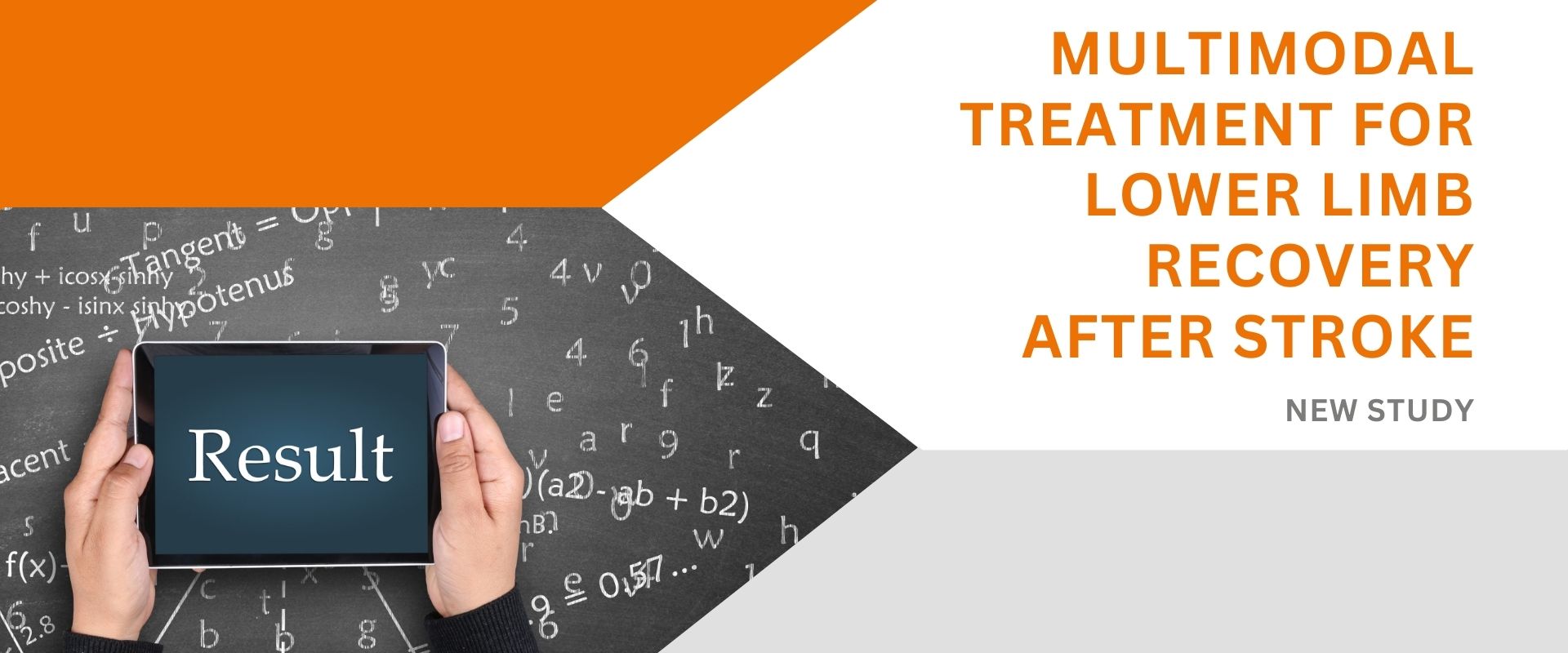

 Contact
Contact 